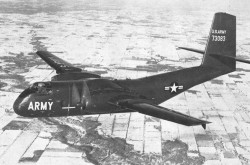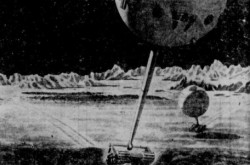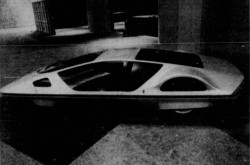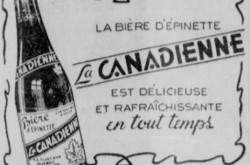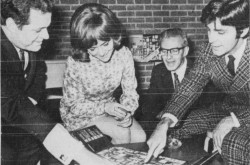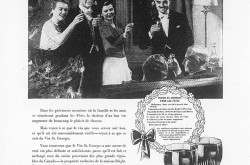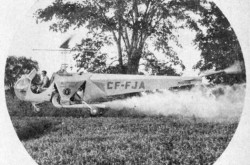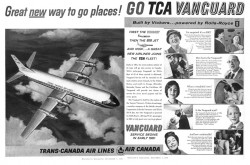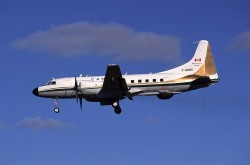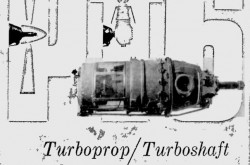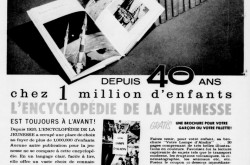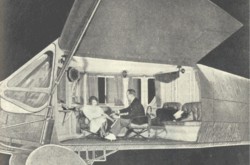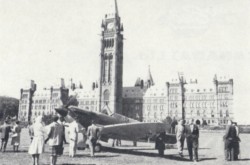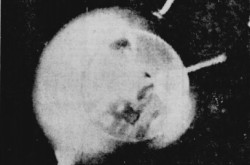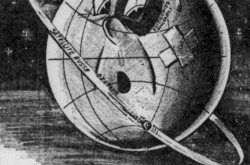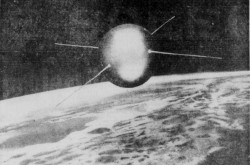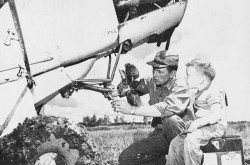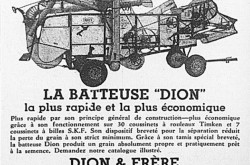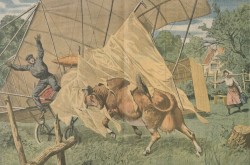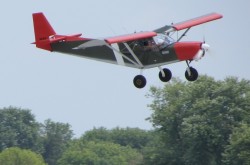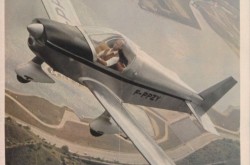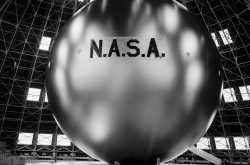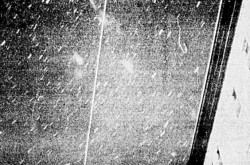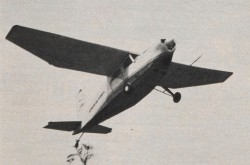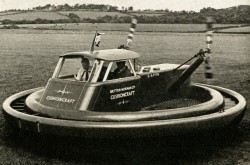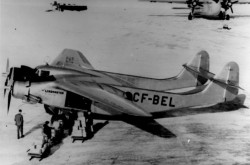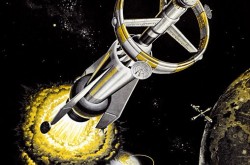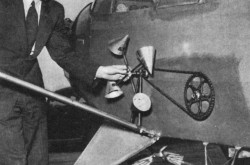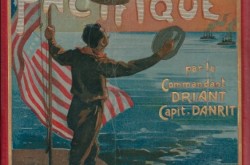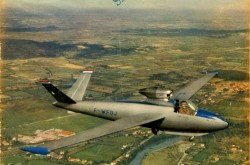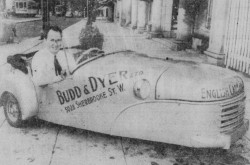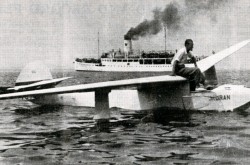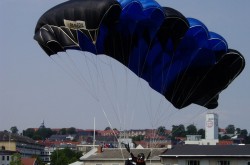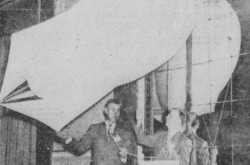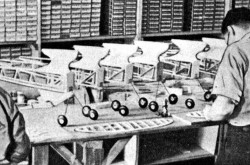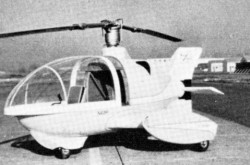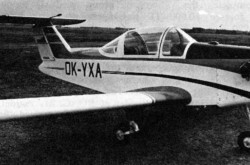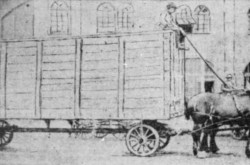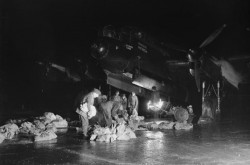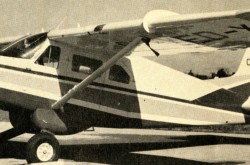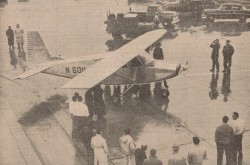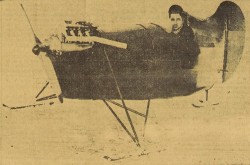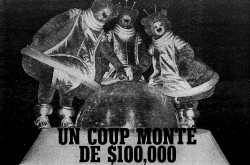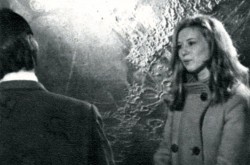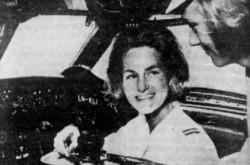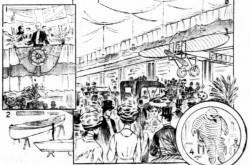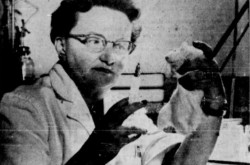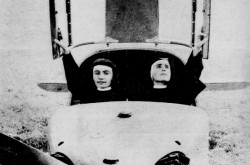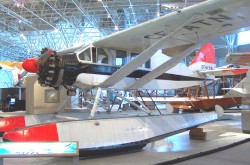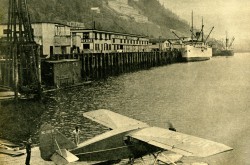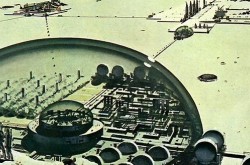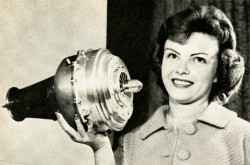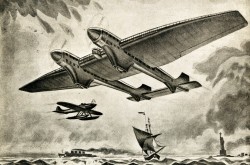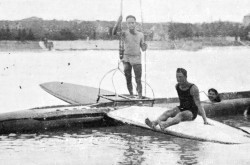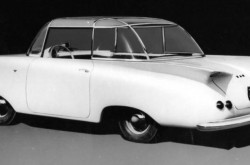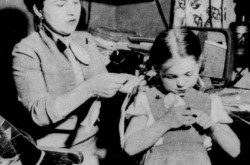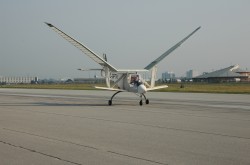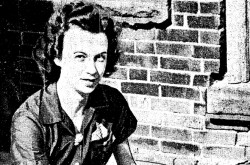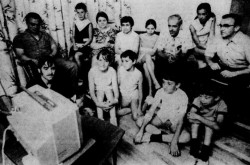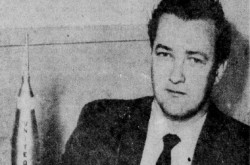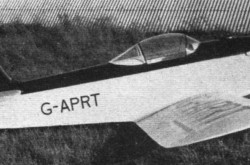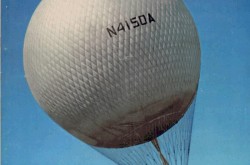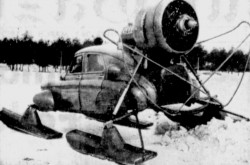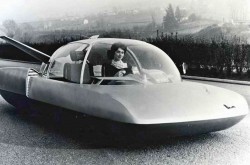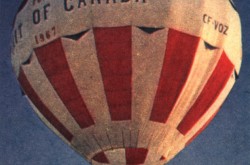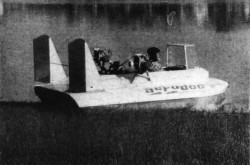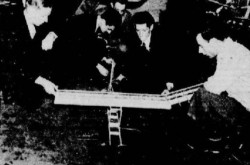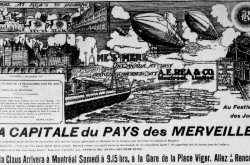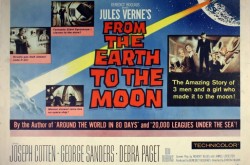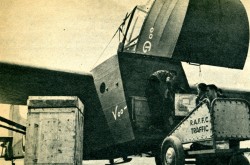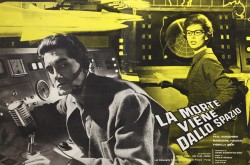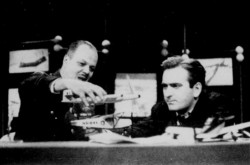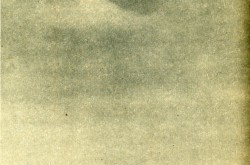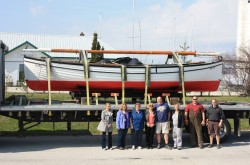And now for something completely different: a flying ship from Toronto, Ontario

Oyez, oyez, let it be said everywhere on this Earth that the subject of our blog / bulletin / thingee for this week does not touch upon aviation or space. Yours truly wanted to broaden your horizons, my reading friend. The photograph with which I kickoff said subject comes from The Gazette, a daily newspaper from Montréal, Québec, that I do not consult very often. It comes, say I, from the 18 July 1959, sorry, 1969, issue.
The legend of said photograph read as follows:
The Bras d’Or, a hydrofoil sub-chaser, built at a cost of $50,000,000 for the Canadian Navy, is the world’s fastest warship, the Navy claims. The [46 metre] 151-foot prototype reached [116.4 kilometres] 72.3 miles an hour in trials earlier this month. The ship, white spray flying in her wake, was taken for a run off Halifax Harbor Wednesday [16 July].
This beautiful novel of the sea obviously began well before 1969.
During the Second World War, the main contribution of the Royal Canadian Navy (RCN) to the Allied victory was the escort of innumerable convoys of merchant ships that carried all sorts of products across the Atlantic – much to the chagrin of its staff which dreamt of major naval battles alongside the United Kingdom’s Royal Navy. Canadian escort ships, less well equipped than their British and American counterparts for much of the conflict, found it difficult to stand up to German submarines.
The creation of the North Atlantic Treaty Organization (NATO) in April 1949 maintained / confirmed the anti-submarine orientation of the RCN. Indeed, it was this orientation, so disdained by staff officers during the Second World War, which ensured its survival as an effective military force during the Cold War. Canadian escort ships now had Soviet submarines as their enemy.
Between 1952 and 1960, the Naval Research Establishment, today’s Defence Research and Development Canada Atlantic, conducted research on hydrofoils, a type of boat / ship with lifting surfaces, or foils, that lift it out of the water at high speed, thus significantly reducing water resistance.
This interest had its origins in a project to build a hydrofoil designed to break the world speed record on water, launched in 1947 by an officer of the RCN who had just retired. The vice-president of the Defence Research Board, the brand new body that oversaw Canadian military research institutions, heard about the project. He asked the retired officer and an officer who was still wearing the uniform to prepare a report on the potential applications of hydrofoils. The Defence Research Board accepted said report with such enthusiasm that the RCN agreed, in 1948, to support the construction of an experimental hydrofoil.
The American designer of the speed record hydrofoil modified his plans accordingly and handed them to a fairly well known naval architect, E.G. McCrea of North Hatley, Québec, on the shores of Lake Massawippi. Completed in January 1950, the R-100 was shipped to the major naval base in Halifax, Nova Scotia. The Naval Research Establishment of the Defence Research Board became responsible for the project shortly thereafter. The trials of the R-100, a small boat commonly known as the Massawippi, began in February. Its deficiencies were such that it had to be seriously modified. New tests carried out in 1955-56 gave excellent results.
Expert in aviation history as you are, my reading friend, you will no doubt remember that the designation R-100 / R.100 also referred to a British rigid airship which spent some time in Canada in August 1930. It is with pain that yours truly must resign himself not to pontificate for hours on the R-100.
This being said (typed?), let me emphasise that the R-100 inspired the only French language interwar musical piece in Canada that touched on aviation. Indeed, La Bolduc, in other words Mary Rose-Anna Bolduc, born Mary Rose-Anna Travers, a very popular composer and singer in Québec, composed and sang Toujours l’R-100, but let’s get back to brass tacks.
And then no, let us not get back right away. Yours truly feels an urge to tell you that Lake Massawippi was / is one of the bodies of water in Québec that may be haunted by an enigmatic and mysterious beast similar to that which haunted / haunts Loch Ness and Lake Okanagan, in Scotland and British Columbia, both of which being mentioned in another July 2019 issue of our blog / bulletin / thingee.
Despite the problems encountered by the R-100, the hydrofoil and not the airship of course, the RCN was so intrigued by hydrofoils that it ordered the 1:3 scale prototype ship R-103 in the United Kingdom. Ordered by the Defence Research Board in September 1953, it was completed in April 1957 and named Bras d’Or. The hydrofoil was named after the Nova Scotia lake where the American, yes, American, inventor, Alexander Graham Bell, oversaw the trials of a few hydrofoils between 1908 and 1919. Just as intrigued by hydrofoils as its Canadian counterpart, the Royal Navy stated it was ready to have a full-size prototype ship built.
It should be noted that the Bras d’Or was manufactured by the British shipbuilder and aircraft manufacturer Saunders-Roe Limited. Does the name Roe ring a bell? Yes, that’s right. Edwin Alliott Verdon Roe, founder of A.V. Roe & Company Limited, one of the great aircraft manufacturers of the 20th century, was the first British subject to perform, in July 1909, a controlled and sustained flight in a British-made powered airplane in the British Empire. He was mentioned in an October 2018 issue of our blog / bulletin / thingee. And no, the name Saunders unfortunately had nothing to do with David A. “Dave” Saunders, a British-Canadian aeronautical engineer mentioned in an August 2017 issue of the same blog / bulletin / thingee.
The serious shortcomings of the Bras d’Or, linked to the dissolution of the Royal Navy’s coastal forces, in 1957, meant that this service abandoned its promise. The RCN, however, refused to abandon the project. Would you believe that the Bras d’Or crossed the Atlantic in June, firmly attached to the flight deck of the RCN’s newest and last aircraft carrier? HMCS Bonaventure was then making its first Atlantic crossing. End of digression.
Bell and his close collaborator in such matters, a Canadian engineer by the name of Frederick Walker “Casey” Baldwin, spent some time at Lake Maggiore, Italy, in 1911, for example. They were there to talk shop with an engineer and inventor who had completed and tested a hydrofoil in 1906. Better yet, Bell and Baldwin made a brief “flight” with Enrico Forlanini aboard this boat. They were most impressed. Incidentally, Forlanini also worked on helicopters, airplanes and airships. This gentleman was mentioned in a December 2018 issue of our blog / bulletin / thingee. Baldwin, on the other hand, was mentioned in October, November and December 2018 issues of that same blog / bulletin / thingee. Bell, finally, was mentioned in October and December 2018 issues of the, well, you know the rest.
A new configuration of the Bras d’Or’s foils, tested on the Naval Research Establishment’s RX experimental hydrofoil, significantly improved its performance. A detail in passing, if I may be permitted. Although acquired by the RCN, the Bras d’Or was apparently not deemed to be a warship. The RCN renamed this hydrofoil Baddeck in 1962, in honor of the bay on Bras d’Or Lake located near the house where Bell spent much of his time.
And yes, my aviation enthusiast reading friend, it was from the ice of Baddeck Bay that Aerodrome No. 4 Silver Dart of the Aerial Experiment Association made the first controlled and sustained flight by a powered airplane in Canada, in February 1909. This event was mentioned in October 2018 and May 2019 issues of our blog / bulletin / thingee.
Once its role in hydrofoil research was completed, in 1963, the Baddeck was converted into a high-speed tug used for towed sonar technology trials. It was struck off strength in 1973 and acquired, in 1993, by the National Museum of Science and Technology in Ottawa, Ontario, today’s Canada Science and Technology Museum. And yes, said museum is a sister / brother institution of the Canada Aviation and Space Museum in Ottawa – a world-class museum for which yours truly had / has the honor and privilege of working. Let us now go back to the main thread of our story.
The Defence Research Board deemed Canadian research on hydrofoils of such importance that it submitted, at the end of 1959, a report prepared by the Naval Research Establishment to the Chief of the Naval Staff. The latter proposed the development of a hydrofoil equipped with a sonar equipment allowing it to hunt the new and very powerful Soviet nuclear submarines on the high seas – something never proposed before. The relatively small size and limited crew of this type of ship would allow the RCN to acquire many examples of it, an important factor given the increase in construction and operation costs (crew pay, fuel, etc.) of a conventional anti-submarine ship.
A hydrofoil conference was held in Halifax in January 1960. Representatives from the RCN, the Royal Navy and the United States Navy participated. Almost all of them recognised that the Naval Research Establishment project might be useful for anti-submarine warfare. This being said (typed?), some of these officers were not necessarily very enthusiastic.
At the beginning of 1961, after long and, according to some sources, sometimes difficult discussions with the RCN, the Defence Research Board convinced the Department of Defence Production to award a grant to de Havilland Aircraft of Canada Limited (DHC), the only company that submitted a proposal, so that this aircraft manufacturer with no experience in shipbuilding carried out a feasibility study. DHC submitted its report in June 1961. According to it, the idea of a hydrofoil capable of hunting submarines on the high seas was feasible.
The Naval Research Establishment did not object to the presence of an aircraft manufacturer in the project, far from it. Its staff believed that, in view of the use of gas turbines derived from aircraft engines to propel the hydrofoil, on the one hand, and of aluminum alloys, an aeronautical material if there was one, in the manufacture of its hull, on the other hand, only an aircraft manufacturer could lead said project to fruition. A company of this type might also have more experience than a shipyard in the use of computers, considered essential for conducting studies and analyzes.
Curiously, DHC’s lack of experience in shipbuilding did not appear to be of great concern to the Defence Research Board, the RCN and the Department of Defence Production. Better yet, the aircraft manufacturer was offered an autonomy that can be described as exceptional in terms of design and manufacture of the hydrofoil.
Interestingly, some of the engineers working on the hydrofoil project were former employees of A.V. Roe Aircraft Limited (Avro Aircraft) involved in the development of the Avro CF-105 Arrow supersonic all-weather bomber interceptor, abandoned in February 1959. You will be happy to learn, or not, that DHC and the Arrow were mentioned several times in our blog / bulletin / thingee since February 2018. Avro Aircraft, in turn, was mentioned in March 2018 and January 2019 issues of this same blog / bulletin / thingee, but back to our story.
Oddly enough, it was not until December 1961 that the RCN prepared a document explaining how future hydrofoils would fit into its anti-submarine forces. It did not seem to be overly concerned by a study completed by Saunders-Roe in November for the United States Navy. Said study stated that the hydrofoil was not a very effective anti-submarine platform. The industrial benefits of creating a new industry in Canada appeared to play a not insignificant role in the RCN’s support of the project.
Meanwhile, DHC was working on a draft design study that included benchmark tests using models and computer simulations. The aircraft manufacturer submitted a report around October 1962. The staff of the RCN responded to it favourably. In April 1963, the Department of Defence Production signed a contract for the design and manufacture of a prototype of the anti-submarine hydrofoil. A well-known but now defunct Québec shipyard, Marine Industries Limited of Sorel, manufactured the hull of the ship in 1964-65. DHC, meanwhile, dealt with the foils. The limited number of expert welders on Canadian soil forced the aircraft manufacturer to hand over much of the assembly work to a well-known American aircraft manufacturer. By the way, North American Aviation Corporation did not do a very good job. DHC had to make corrections.
The experimental nature of the program and the very nature of the ship to be built largely explained the cost increases that took place. The fact that 3 separate organisations, the Defence Research Board, the RCN and the Department of Defence Production had a say did not improve things.
A fire, in November 1966, caused serious damage, mainly in the engine room but also to the hull and deck. The cost of repairs, coupled with the increased costs of the program, did not permit the installation of the combat equipment system, designed by Canadian Westinghouse Company Limited, and of the towed sonar system. Various technical problems, such as the failure of the foilborne propulsion transmission in June 1967 for example, also contributed to delays in the construction work. All these problems meant that the hydrofoil became a developmental model instead of a prototype. And yes, Canadian Westinghouse was mentioned in an April 2019 issue of our blog / bulletin / thingee.
Attached to a purpose-designed floating dock, the hydrofoil left Sorel in July 1968. A tugboat brought it to Canadian Forces Base Halifax. Launched even before the end of the month, the ship was christened HMCS Bras d’Or. Would you believe that this ship was mentioned, somewhat / a bit too much actually, in a December 2018 issue of our blog / bulletin / thingee? But let us return to the course of our story.
The Bras d’Or made a few low-speed tests at sea in September 1968. As the foilborne propulsion transmission was repaired that same month, high-speed sea trials began in April 1969. The Maritime Command of the Canadian Armed Forces, the new name of the RCN, officially took possession of the ship the following month. The team conducting these low- and high-speed tests included representatives from DHC, the Naval Research Establishment and the Canadian Armed Forces, a new designation that reflected the unification of the RCN, the Royal Canadian Air Force and the Canadian Army, in February 1968.
In July 1969, the Bras d’Or reached a speed of approximately 116.5 kilometres/hour (about 72.5 miles/hour) – an exceptional performance which was behind the photograph published in the 18 July issue of The Gazette at the beginning of this article.
In view of the advanced nature of the ship, the crew and engineers had to deal with serious technical problems that they eventually overcame. Cracks on the main foil discovered in July 1969 required its replacement, however. A temporary replacement foil nonetheless allowed for continued low-speed testing until May 1970. Once the new main foil was in place, the Bras d’Or returned to sea in October.
During high seas trials in bad weather in February 1971, the Bras d’Or proved to be more comfortable than the accompanying Canadian warship, a much larger escort destroyer. In July, the hydrofoil traveled to Bermuda and Norfolk, Virginia, a major United States Navy base, before returning to Nova Scotia. An examination of the foils then revealed the presence of new cracks. Obviously, one had to think about redesigning them and making new ones. This being said (typed?), proponents of the project proposed to move forward, or even install the combat equipment system and the towed sonar system.
During the summer, the Canadian Armed Forces began a study of the contribution of hydrofoils to the defence of Canada. The lack of data on the use of the sonar equipment, combined with the technical problems encountered during testing, highlighted the need to put in more time and money.
In July 1971, however, the Chief of the Defence Staff, General Frederick Ralph Sharp, informed the Minister of National Defence, Donald Stovel Macdonald, that “the high cost of acquisition, the uncertainty about its fighting performance, and extreme budget limitations, cause[d] us to put [the hydrofoil] last on the priority list for surface ships.” That said, hydrofoils might be useful in the general-purpose naval force that the federal government wished to create in place of the anti-submarine naval force then in existence. Indeed, Defence in the 70’s, the August 1971 White Paper on Defence, emphasised the protection of Canadian sovereignty and the surveillance of its territory and coasts. Any decision on the future of hydrofoils would ultimately have to be made by the Cabinet. In November, Macdonald announced that the Bras d’Or was placed in reserve for a period of 5 years, pending a final decision.
This reserve time was extended for 5 years in October 1976. The Canadian Armed Forces were indeed studying the type of ship which was to replace the escort destroyers in service since the 1950s and 1960s. Given the composition and the role of a future Canadian naval force, hydrofoils were quickly dismissed as superfluous. An escort or helicopter carrying destroyer could indeed fulfill all the missions envisioned, a versatility that exceeded that of a hydrofoil of, well, limited size.
It should be noted that DHC unsuccessfully tried to find foreign customers for a multi-purpose civilian or military (anti-submarine warfare, coastal surveillance, supply of drilling platforms, search and rescue, customs patrol, coastal convoy escort, etc.) hydrofoil, smaller than the Bras d’Or, and this at least until 1977.
Since no federal department or agency showed any interest in the Bras d’Or, it was partially emptied before being sold, in 1983, at scrap value, to the Musée maritime Bernier, today’s Musée maritime du Québec, at L’Islet, formerly L’Islet-sur-Mer. The aforementioned National Museum of Science and Technology played an important intermediary role in the preservation of the ship.
The Bras d’Or was one of the most advanced hydrofoils of its day. In fact, some people saw / see this Canadian project as the naval equivalent of the aforementioned Arrow, in other words a machine with exceptional qualities abandoned before being able to prove itself by incompetent politicians.
Yours truly wonders if this type of judgment was / is not a little bit exaggerated, in both cases. So, if you and I cannot blame the incompetence of our politicians, how can we explain the abandonment / failure of the Bras d’Or? Three factors account to a large extent for said failure. I offer them to you in no particular order.
Firstly, the lack of a clear operational requirement prepared by the RCN early in the program complicated its development. Even worse perhaps, this absence reduced the ability and willingness of the federal government to support said program. Let’s not forget that the Bras d’Or development program was highly experimental, which meant that its funding, or disappearance, did not greatly affect Canada’s defence, at least from a short term point of view.
Secondly, a cumbersome and complex bureaucratic system led to vague, inefficient and often conflicting management. Let’s not forget that 3 separate organisations oversaw the Bras d’Or development program: the Defence Research Board, the RCN / Maritime Command and the Department of Defence Production. Even worse perhaps, DHC had an exceptional autonomy in the design and manufacture of the hydrofoil.
Thirdly, the practical requirement for an anti-submarine hydrofoil, an innovative weapon, certainly, but a pretty radical one, became less and less clear as other new systems entered the scene. Let’s not forget that the dynamic destroyer-helicopter duo, made possible by the introduction of the Helicopter Hauldown and Rapid Securing Device, became operational within Maritime Command even before the launch of the Bras d’Or. Even worse perhaps, Maritime Command and its counterparts in NATO were slowly realising that the Soviet nuclear submarines, as performing as they were, were neither undetectable nor unassailable.
And yes, my reading friend, the aforementioned device, a Canadian invention recognised worldwide known for a long time (still?) as the “Beartrap,” was mentioned in a February 2019 issue of our blog / bulletin / thingee. It was used in conjunction with the Sikorsky CHSS / CH-124 Sea King, a type of helicopter represented in the wonderful, yes, yes, wonderful, collection of the Canada Aviation and Space Museum.
We have time for a question. Was the very concept of the anti-submarine hydrofoil bound to fail, even if the Bras d’Or had proven perfectly reliable? The answer to this excellent question was / is, in all likelihood, yes. No navy has considered the introduction of anti-submarine hydrofoils since the greyhound of the sea that the Bras d’Or was.
Good day to you.


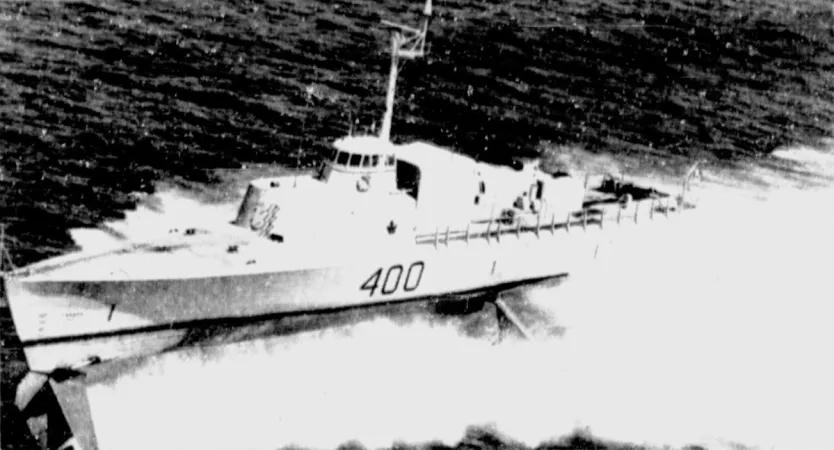












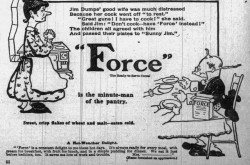
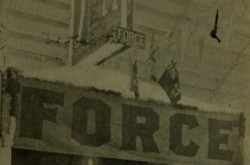
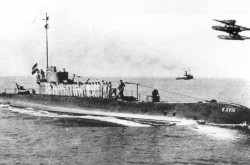
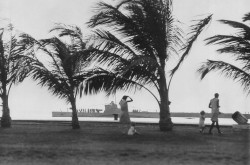
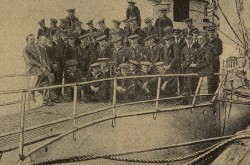
![A block of photographs showing some of the people involved in the bombing of beluga whales in the estuary and gulf of the St. Lawrence River. Anon., “La chasse aux marsouins [sic]. » Le Devoir, 15 August 1929, 6.](/sites/default/files/styles/thumbnail_7/public/2024-09/Le%20Devoir%2015%20aout%201929%20page%206.jpg?h=584f1d27&itok=TppdLItg)
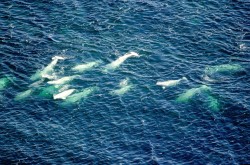
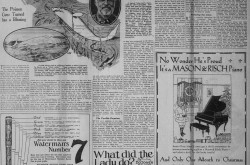

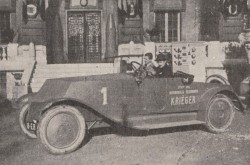
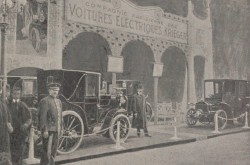
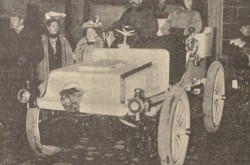
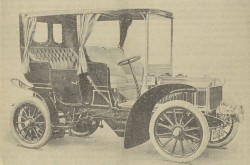

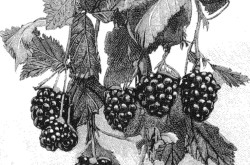
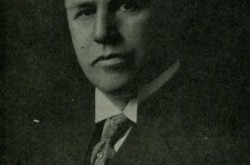
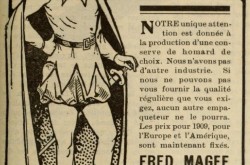
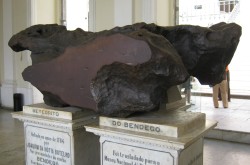
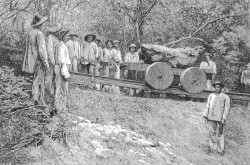
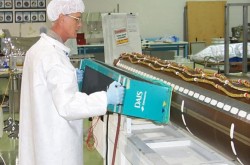

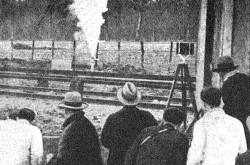
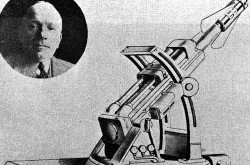
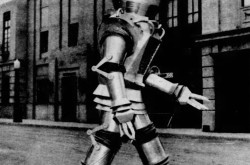

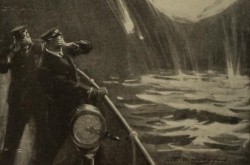
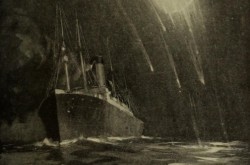
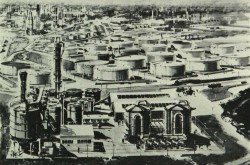

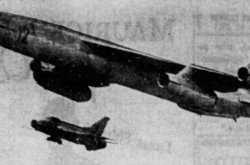
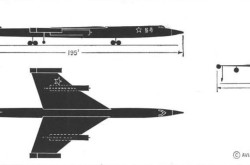
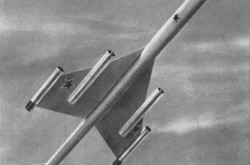
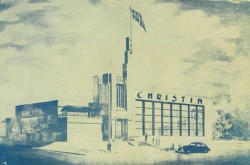
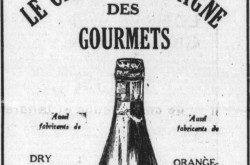
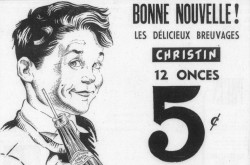
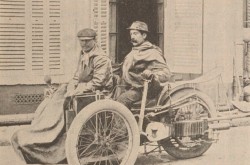
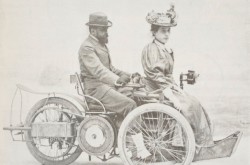
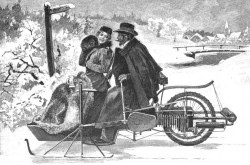
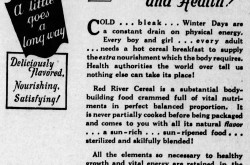

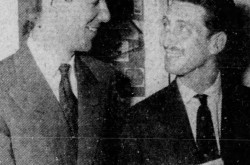
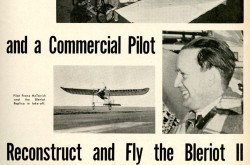
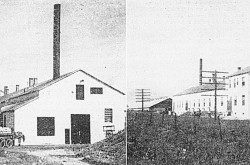
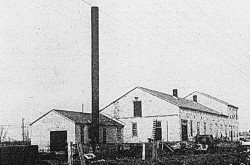



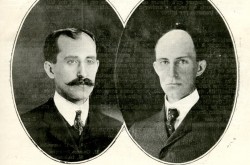

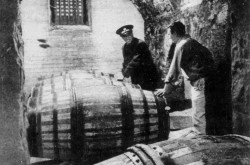
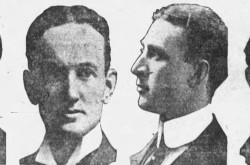
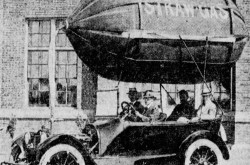
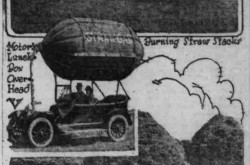
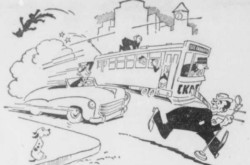

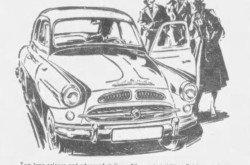
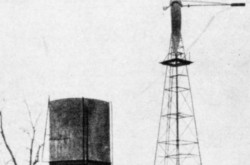
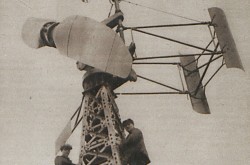
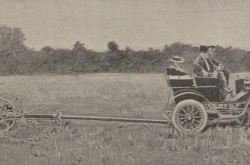

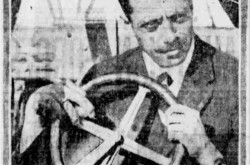
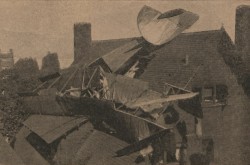
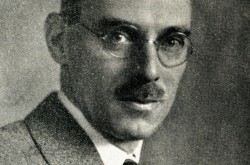
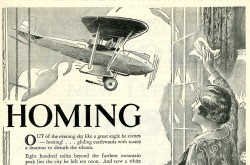
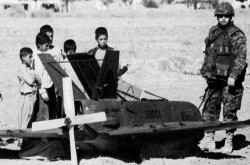
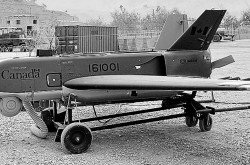
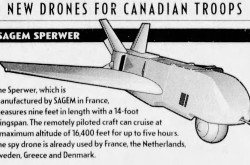
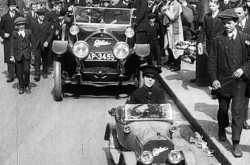
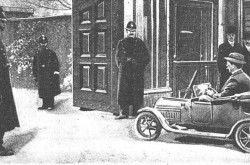
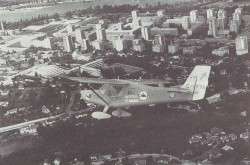
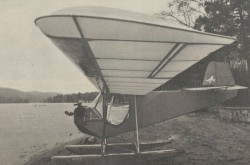

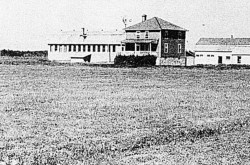
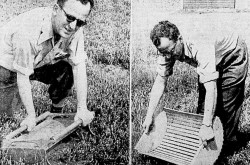
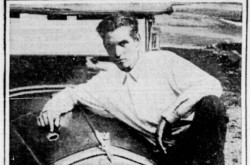
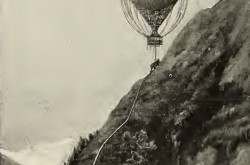
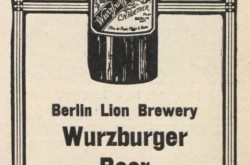

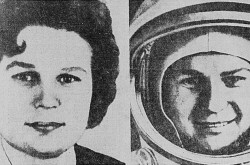
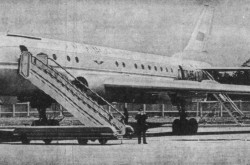
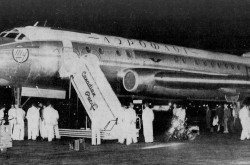
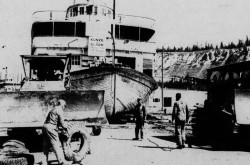
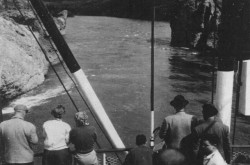
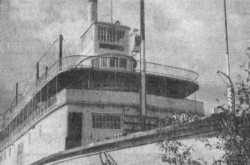
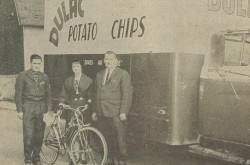
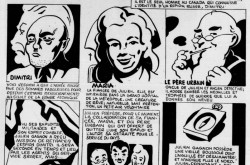
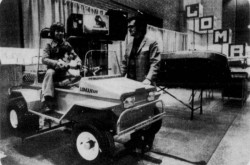
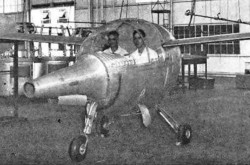
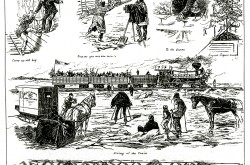
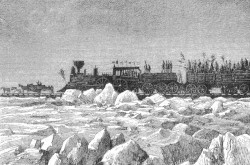
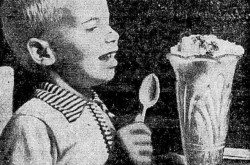
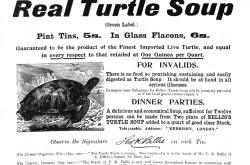
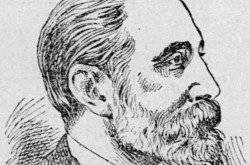
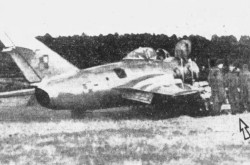
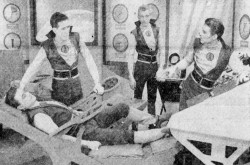
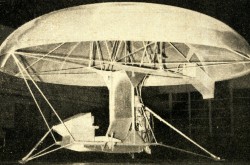
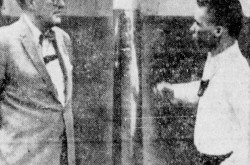
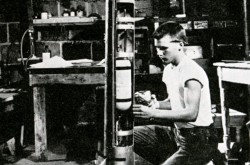
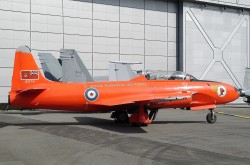
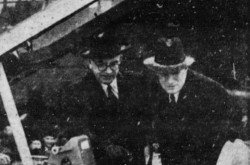
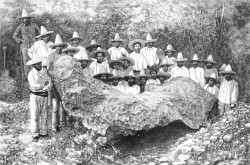
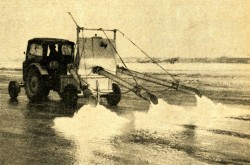
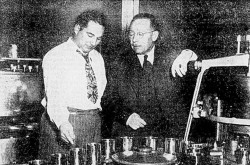
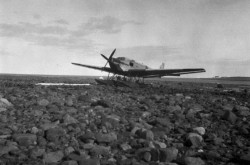
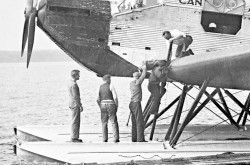
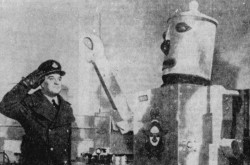
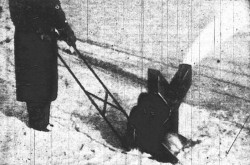
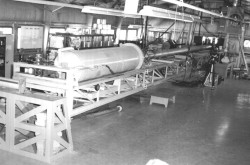
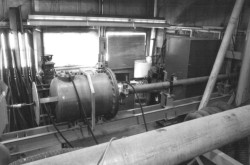
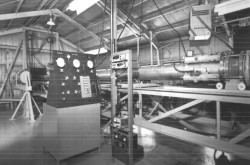
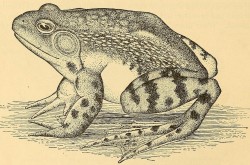
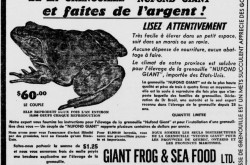
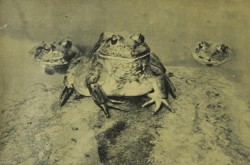
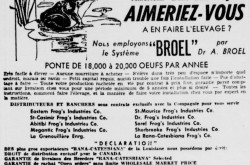
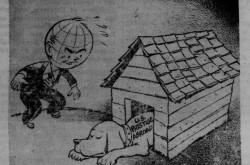
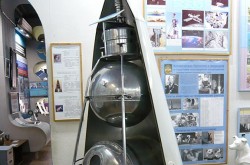
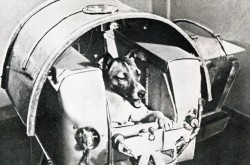
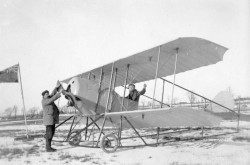
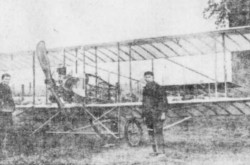
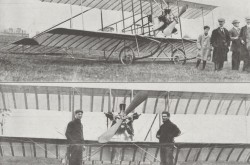
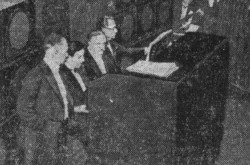
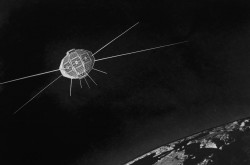
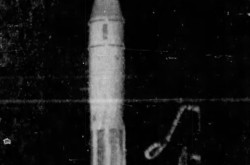
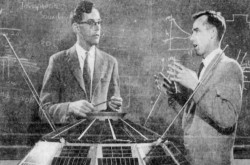
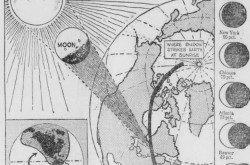



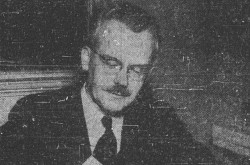
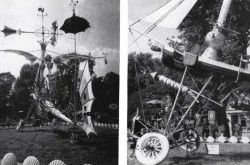
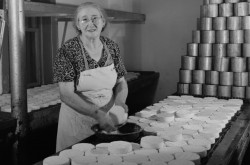
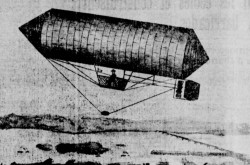
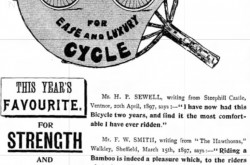
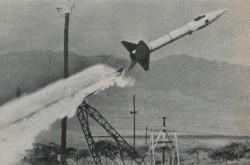
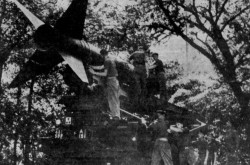
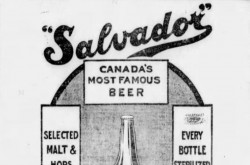

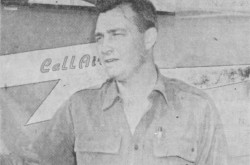
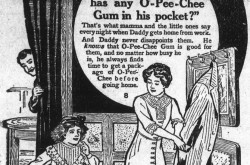
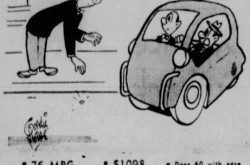
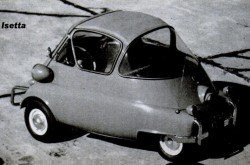
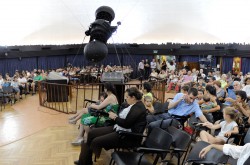
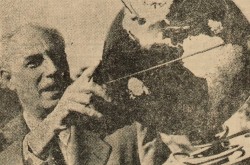
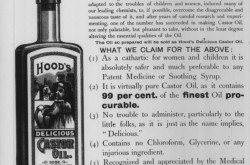
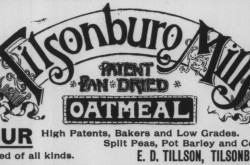
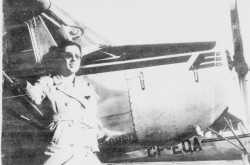
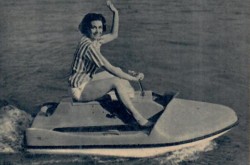

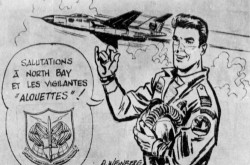
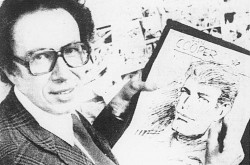
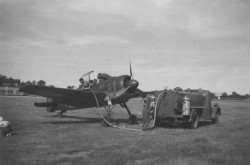

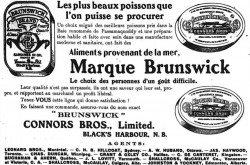


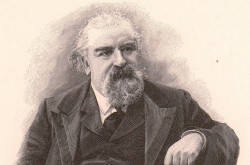
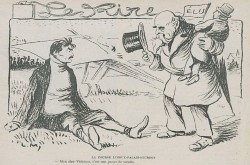
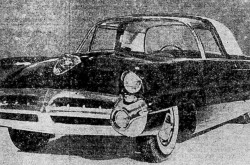
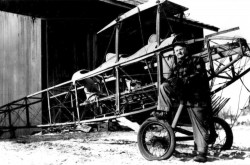
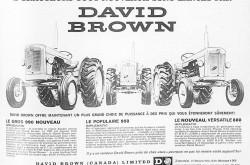
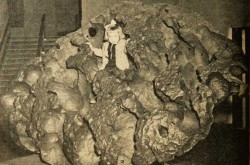
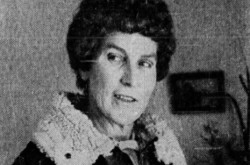
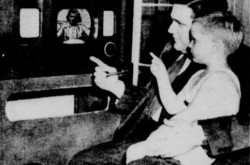
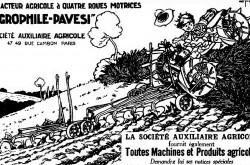
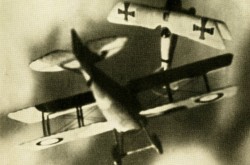
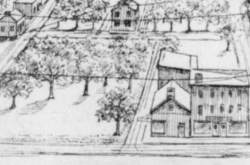
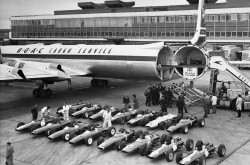
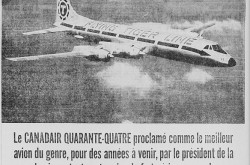
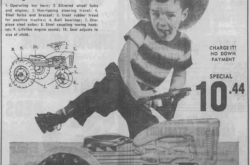
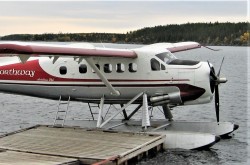
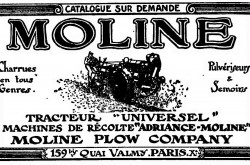
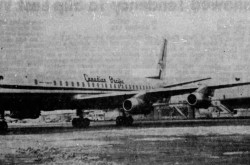
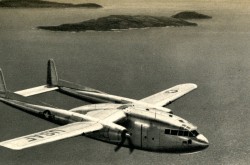
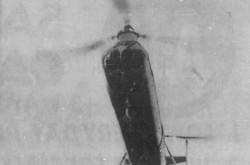

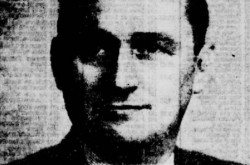
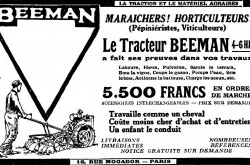
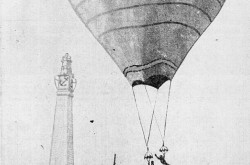

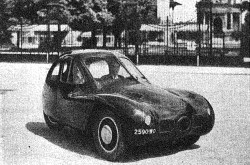
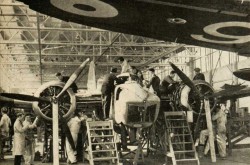
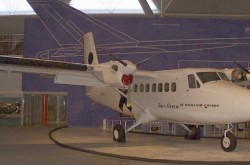
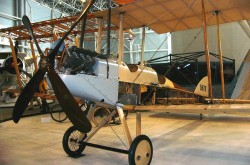
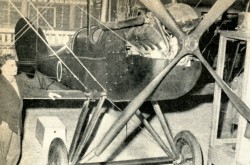

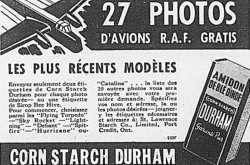

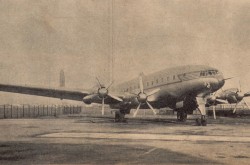
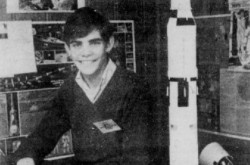
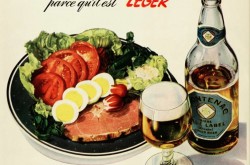
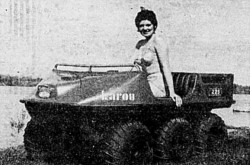
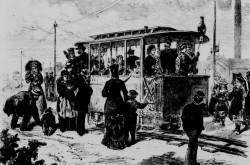
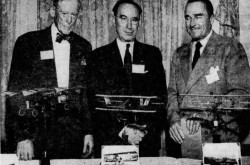
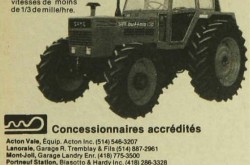
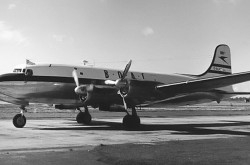
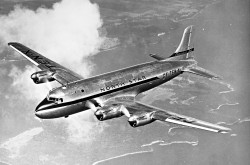
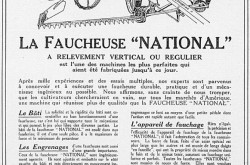
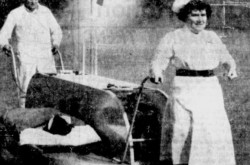
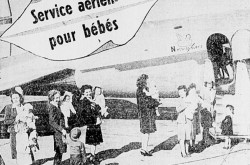
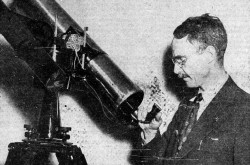
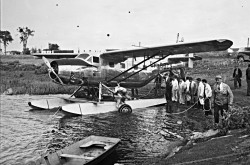
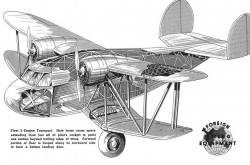
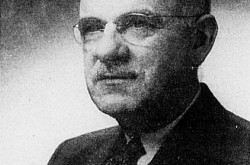
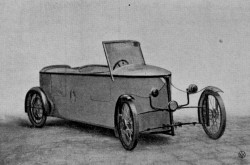
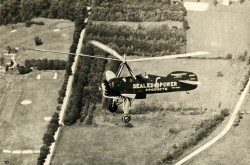
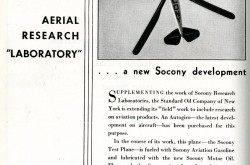
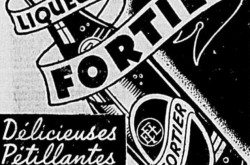
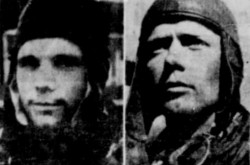
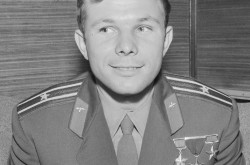
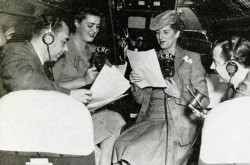
![Peter Müller at the controls [sic] of the Pedroplan, Berlin, Germany, March 1931. Anon., “Cologne contre Marseille – Le mystère du ‘Pédroplan.’ [sic]” Les Ailes, 2 April 1931, 14.](/sites/default/files/styles/thumbnail_7/public/2021-04/Les%20Ailes%202%20avril%201931%20version%20big.jpg?h=eafd0ed4&itok=WnBZ5gMf)
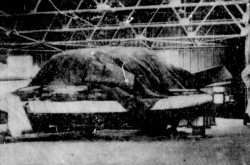
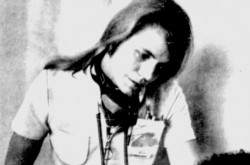
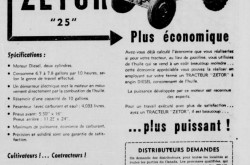
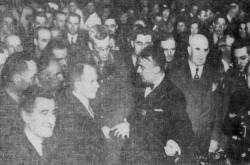
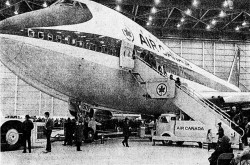
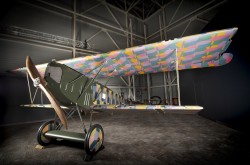
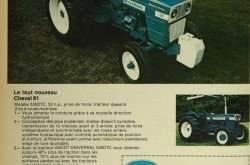
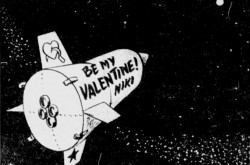
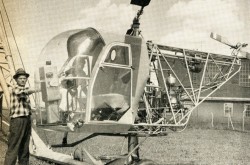

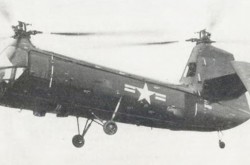
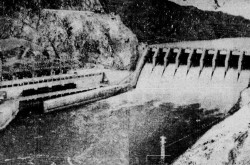
![One of the first de Havilland Canada Chipmunk imported to the United Kingdom. Anon., “De Havilland [Canada] DHC-1 ‘Chipmunk.’” Aviation Magazine, 1 January 1951, cover.](/sites/default/files/styles/thumbnail_7/public/2021-01/Aviation%20magazine%201er%20janvier%201951%20version%202.jpg?h=2f876e0f&itok=DM4JHe5C)
